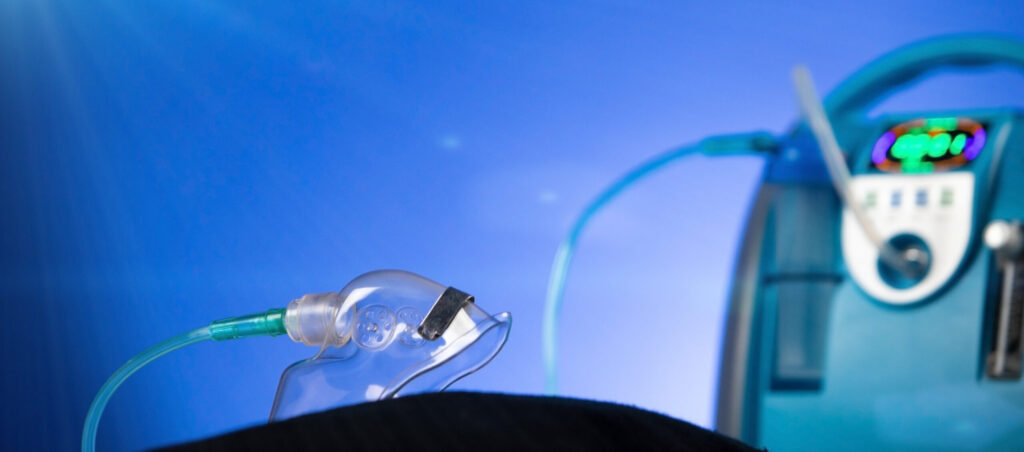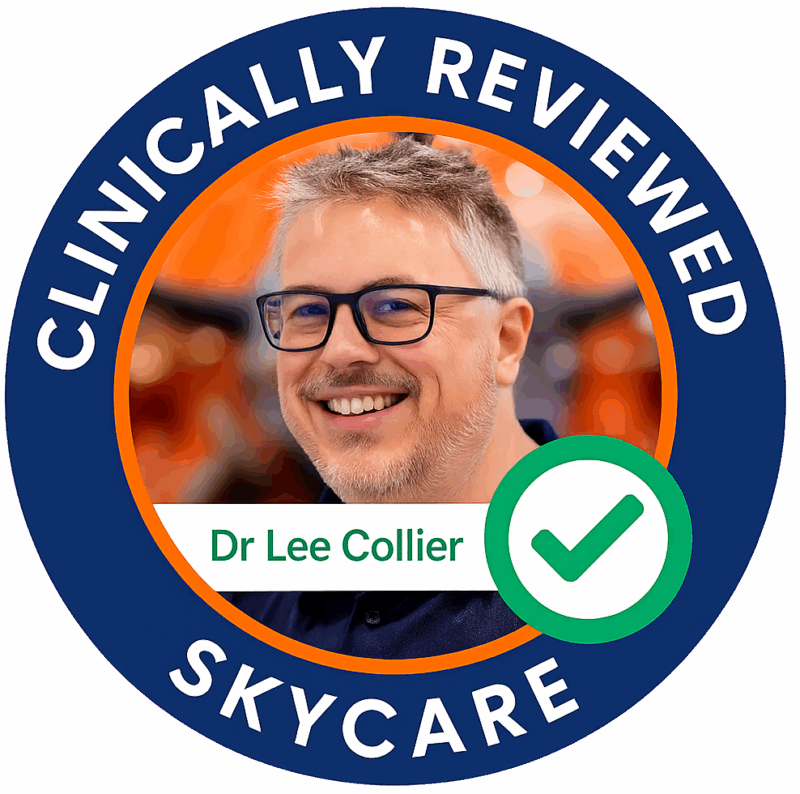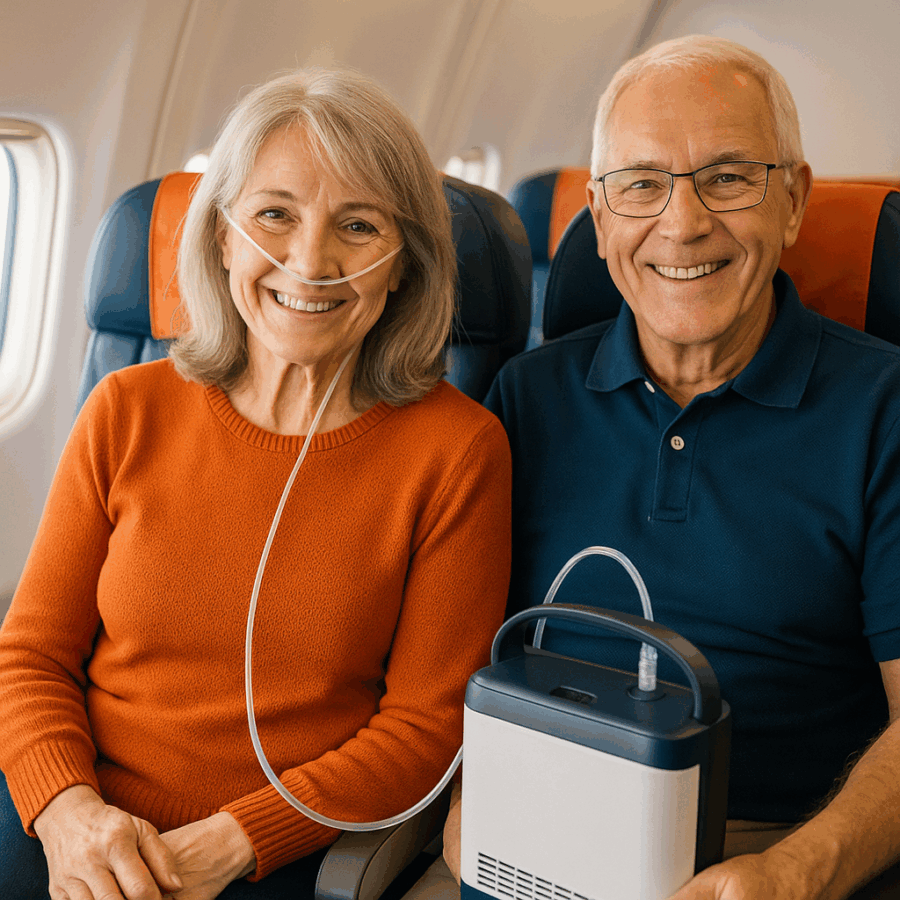 Travel Advice
Travel Advice
Can I Fly with a Portable Oxygen Concentrator UK?

It’s a question more and more people are asking: “Can I fly with my portable oxygen concentrator?” Whether you’re planning a long-awaited family holiday, a last-minute business trip, or even a medical repatriation, the answer depends on far more than just what your device can do. It’s about understanding how your body responds to altitude, what airlines allow, and how to prepare for a flight without risking your health.
If you use oxygen at home, even part-time – you must take extra steps before flying. Cabin air is thinner, and what feels manageable at sea level can quickly become dangerous at 35,000 feet. But with proper planning, medical support, and the right equipment, you can travel safely – and comfortably.
Let’s break it all down in plain English. No medical jargon. No scare tactics. Just clear, useful advice straight from NHS, CAA and real airline guidelines… with a few wisecracks along the way to keep it all breathable.
Why Altitude Changes Everything: The Science of Cabin Pressure & Oxygen
Commercial aircraft cabins are pressurised—but not to ground level. In fact, most planes pressurise their cabins to the equivalent of about 6,000 to 8,000 feet above sea level. That means the effective oxygen concentration drops from about 21% (on the ground) to roughly 15–17%.
For most healthy people, that’s just enough to cause some yawning or mild fatigue. But if you already have a lung condition—like COPD, pulmonary fibrosis, heart failure, or even a recent bout of pneumonia—this drop in oxygen can trigger hypoxia (low oxygen saturation in the blood).
Think of it like this: you might be perfectly fine on 2 litres per minute (LPM) of oxygen while watching EastEnders on your sofa in Croydon. But in the air? You might suddenly need 4 LPM just to maintain the same blood oxygen level. That’s because your lungs are working harder, and less oxygen is available to them per breath.
British Thoracic Society guidance: BTS Clinical Statement on air travel for passengers with respiratory disease (Patient information)
The CAA (Civil Aviation Authority) also warns that passengers with any history of lung disease, breathlessness, or oxygen therapy must be medically assessed before flying. They provide a detailed form—known as the MEDIF (Medical Information Form)—which must be completed and submitted to your airline in advance.
How to Know If You’ll Need Oxygen in the Air
Every patient is different. Some people need oxygen full-time, others only when exercising. But altitude doesn’t play by your home rules. Just because you’re OK walking to Tesco doesn’t mean you’ll be OK walking to the aircraft loo at 38,000 feet.
The standard NHS advice is to use something called the “Hypoxic Challenge Test” (HCT), sometimes referred to as a Fit-to-Fly Test. This simulates the oxygen level of a plane cabin and monitors how your oxygen saturation responds.
If your blood oxygen (PaO₂) falls below 55 mmHg (or your SpO₂ dips under 85–88%), you’ll usually be advised to fly with supplemental oxygen.
There are also simpler screening tools that NHS staff use:
- The stair test: Can you climb a single flight of stairs without stopping, breathlessness, or wheezing?
- The 50-metre walk: Can you walk 50 metres on flat ground without needing to rest?
If the answer to either is “no,” then flying without oxygen might be a gamble you don’t want to take.
Recognising Hypoxia: What Does Oxygen Deprivation Feel Like?
Hypoxia at altitude doesn’t always feel dramatic—at first. It can creep up subtly. That’s why many patients get caught out. They think they’re just tired or jet-lagged when in fact they’re not getting enough oxygen to vital organs.
Common symptoms of hypoxia in-flight include:
- Sudden or persistent breathlessness
- Confusion or difficulty concentrating
- Headache or light-headedness
- Rapid heartbeat
- Cyanosis (bluish lips or fingertips)
- Chest pain or palpitations
This is why a pulse oximeter is your best friend on a flight. These small fingertip devices measure your blood oxygen in real time. They’re cheap, accurate, and widely available.
Let’s Not Scare You Off — Flying Can Be Safe (With Planning)
We’re not trying to make you scared to fly. Far from it. In fact, SkyCare specialises in helping people with complex medical needs enjoy travel safely—with the right oxygen support, planning, and (if needed) a medical escort by your side.
But the facts matter. Too many patients try to wing it—literally—and end up breathless, panicked, or turned away at the gate.
So what comes next? Now that we understand the basics of why oxygen is needed at altitude, let’s move on to the practicalities: how to book a hypoxic challenge test, what forms your airline requires, and how to ensure your portable oxygen concentrator (POC) meets every rule in the air travel playbook.
Next up: hypoxic testing, POC rules, and why your batteries matter more than your passport.

Booking a Hypoxic Challenge Test: How, Where, and When
Also called a “fit to fly test,” the Hypoxic Challenge Test is a simulation done in a hospital or private clinic that mimics the oxygen levels found in an aircraft cabin. You breathe through a mask for about 20 minutes while your oxygen saturation is monitored via pulse oximetry and/or arterial blood gas tests.
At the end, you’ll be given a clear recommendation: you either need in-flight oxygen (at a certain flow rate), or you’re safe to fly without it. The clinician may also advise whether you require continuous flow or pulse dose delivery—which is crucial when choosing your POC.
Where to get tested? It depends on where you are in the country. In London, we recommend Guy’s and St Thomas’ Specialist Care. NHS respiratory clinics may also offer the test with a GP referral, although waiting times vary by region. Privately, the cost typically ranges from £250 to £400, depending on location and provider. We’re currently building a regional list of trusted clinics—watch this space, or email us for help finding one near you.
The MEDIF: Your Ticket to Oxygen-Friendly Flying
Every major airline requires a Medical Information Form (MEDIF) if you intend to fly with a portable oxygen concentrator, oxygen cylinder, or any respiratory support equipment. This form confirms that you’re fit to fly—and specifies your oxygen requirements at altitude.
It must be completed by a doctor (usually your GP or respiratory specialist) and sent to the airline’s medical team. Most airlines ask for at least 7 to 14 days’ notice—so don’t leave it until the week of travel.
Some airlines offer digital portals to submit your MEDIF. Others still require email or (God forbid) fax. We recommend phoning their “special assistance” department for guidance. And always get confirmation in writing.
Pro tip: Even if you’re flying with a family member’s POC, you still need a MEDIF in your name. Airlines don’t care who owns the device—they care if it meets your needs at altitude.
Know Your Airline: Not All Are Oxygen-Friendly
Airline rules for portable oxygen concentrators (POCs) vary wildly — some are brilliant, others treat your breathing needs like you’re asking to bring a chainsaw on board. Here’s an up-to-date breakdown of the major UK and international carriers with links to their official guidance:
| Airline | POCs Allowed? | Medical Clearance | Battery Policy | Link |
|---|---|---|---|---|
| British Airways | ✅ | You will need to get medical clearance before you fly. BA MEDIF Required | 150% flight time recommended | View policy |
| Jet2 | ✅ | To take any form of oxygen, medical clearance must be obtained. Please contact our Assisted Travel Team Jet2 Medical Information Form | 2 spare batteries recommended | View policy |
| TUI Airways | ✅ | You’ll also need medical clearance to fly if you require oxygen at a rate of more than two litres per minute. Call Tui 0800 145 6920 | Check approved list | View policy |
| EasyJet | ✅ | Oxygen concentrators (either mains or battery powered) can be taken on board – you’ll need a medical certificate confirming that it’s for medical reasons and that you’re fit to fly. | POC must run independently | View policy |
| Ryanair | ✅ | If you wish to use a POC during your flight please contact our Special Assistance line to obtain prior approval and a “Fit to Fly” form. | Strict lithium battery rules | View policy |
| American Airlines | ✅ | POCs allowed; notify Reservations at least 48 h in advance. | Carry 150% of flight time as battery power | View policy |
| United Airlines | ✅ | FAA-approved POCs; notify at least 48 h before flight, need dr to complete POC form. | Batteries must cover 150% of flight time including delays | View policy |
| Air Canada | ✅ | Medical approval required 48 h before via Accessibility Services | Bring 150% of travel time in battery; assistance available | View policy |
❗️Always check the airline’s official list of approved POC models. A device allowed on BA may not be cleared on Ryanair or Emirates.
Portable Oxygen Concentrators: It’s Not Just Plug and Play
POCs are brilliant, but they’re not one-size-fits-all. Some are designed for short bursts of pulse oxygen while walking around the house. Others can handle continuous flow, high-altitude performance, and long-haul flights.
Here’s what you MUST know about your POC before flying:
- Flow Type: Does it deliver continuous or pulse-dose oxygen?
- Flow Rate: What’s its maximum LPM setting? Can it reach your prescribed level at altitude?
- FAA Approval: Is your device on the FAA’s approved list for flight?
Click to view common POC models that are generally accepted
(Always check with your airline, please use this as a GUIDE ONLY)
- AirSep FreeStyle
- AirSep LifeStyle
- AirSep Focus
- AirSep Freestyle 5
- Delphi RS-00400 / Oxus RS-00400
- DeVilbiss Healthcare iGo
- DeVilbiss Healthcare iGo 2
- Inogen One
- Inogen One G2
- Inogen One G3
- Inogen One G4
- Inogen One G5
- Inova Labs LifeChoice Activox
- International Biophysics LifeChoice / Inova Labs LifeChoice
- Invacare XPO2
- Invacare Solo 2
- Oxylife Independence Oxygen Concentrator
- Precision Medical EasyPulse
- Respironics EverGo
- Respironics SimplyGo
- Sequal Eclipse
- SeQual SAROS
- VBox Trooper
- (Caire) SeQual eQuinox / Oxywell (model 4000)
- (Caire) Freestyle Comfort
- GCE Zen-O RS-500 / Zen-O lite (Model: RS-00600)
- Lifestyle – P2-POC
- Battery Life: How long will a single battery last at your flow setting?
- Charging: Does it work on AC and DC power? Never rely on aircraft sockets.
The SkyCare Flight-Ready Oxygen Checklist
If you’re flying with a portable oxygen concentrator, this checklist is your passport to a smooth journey:
- 🛫 Hypoxic Challenge Test (Fit-to-Fly) completed
- 🛫 Doctor has issued a report detailing flow rate & requirements
- 🛫 MEDIF or airline-specific medical form submitted
- 🛫 POC is FAA-approved and on the airline’s allowed list
- 🛫 Confirmed your required flow mode (pulse or continuous)
- 🛫 Battery life covers 150% of flight time (minimum)
- 🛫 Spare cannulas, charger, tubing packed in hand luggage
- 🛫 Pulse oximeter packed and working
- 🛫 Moisturiser, lip balm, nasal saline for dry cabin air
- 🛫 Airline contacted directly and approval confirmed
Example Scenario: Why Testing Matters Before You Fly
Imagine a traveller in his seventies, usually comfortable on 2 LPM of oxygen at home and convinced he “doesn’t need a test.” On the ground, everything looks fine.
But during a hypoxic challenge (fit-to-fly) test, his oxygen saturation dropped sharply to 81% at simulated altitude. The assessment showed he would need 4 LPM continuous flow in the air. His current concentrator only delivered pulse-dose oxygen—making it unsuitable for the journey.
With the right preparation, a solution was simple. An FAA-approved device capable of continuous flow was arranged, along with sufficient batteries and the necessary airline paperwork. Thanks to that forward planning, the passenger flew safely, enjoyed his holiday, and returned without complications.
Last-Minute Tips Before You Fly
- Use a carry-on with wheels – POCs and batteries are heavy.
- Print your clearance forms – Cabin crew may request them.
- Hydrate – But pace yourself. Cabin dryness is real.
- Don’t trust aircraft power – Bring charged batteries.
- Label your kit – Chargers get left in lounges more than socks.
SkyCare’s Got You: Medical Escorts & Full Flight Support
Flying with oxygen is possible—but doing it alone can be stressful. SkyCare offers:
- FAA-approved POC (with our medical escort)
- Battery packs (for long haul flights)
- Referral for hypoxic challenge testing (NHS/private)
- Help with MEDIF forms and airline requirements
- Optional medical escort—a trained doctor or nurse can travel with you
Final Thoughts: Yes, You Can Fly With a POC
Flying with a portable oxygen concentrator isn’t rocket science—but it does take planning, paperwork, and knowing your equipment. With SkyCare’s help, your journey can be safe, smooth, and breathable.
Whether you’re heading home from hospital abroad or off to Spain for a break, we’ll make sure you and your oxygen needs are flight-ready.
Need support? Just ask. With SkyCare, you can fly with peace of mind.
Reviewed by Dr Lee Collier – SkyCare Repatriation on 19/08/2025 | next review due 19/08/2027 | published on 19/08/2025
From oxygen hire to medical escorts and airline forms — SkyCare handles it all.
Need Oxygen Support for Your Flight? We’ve Got You Covered.
Travelling with a medical condition doesn’t need to be stressful. Whether you’re hiring an FAA-approved portable oxygen concentrator, booking a hypoxic challenge test, or navigating airline paperwork, we’re here to help. Our team can coordinate every step — so you can fly safely, comfortably, and legally.
👉 Get expert advice, fast equipment hire, and full-flight support today.
📞 Call us on +44 (0)203 150 3999
Contact us
 SkyCare
SkyCare 